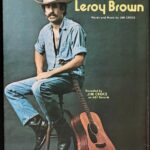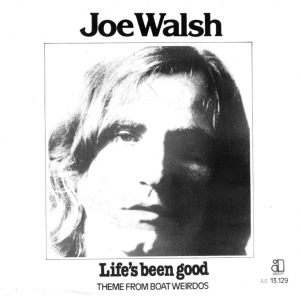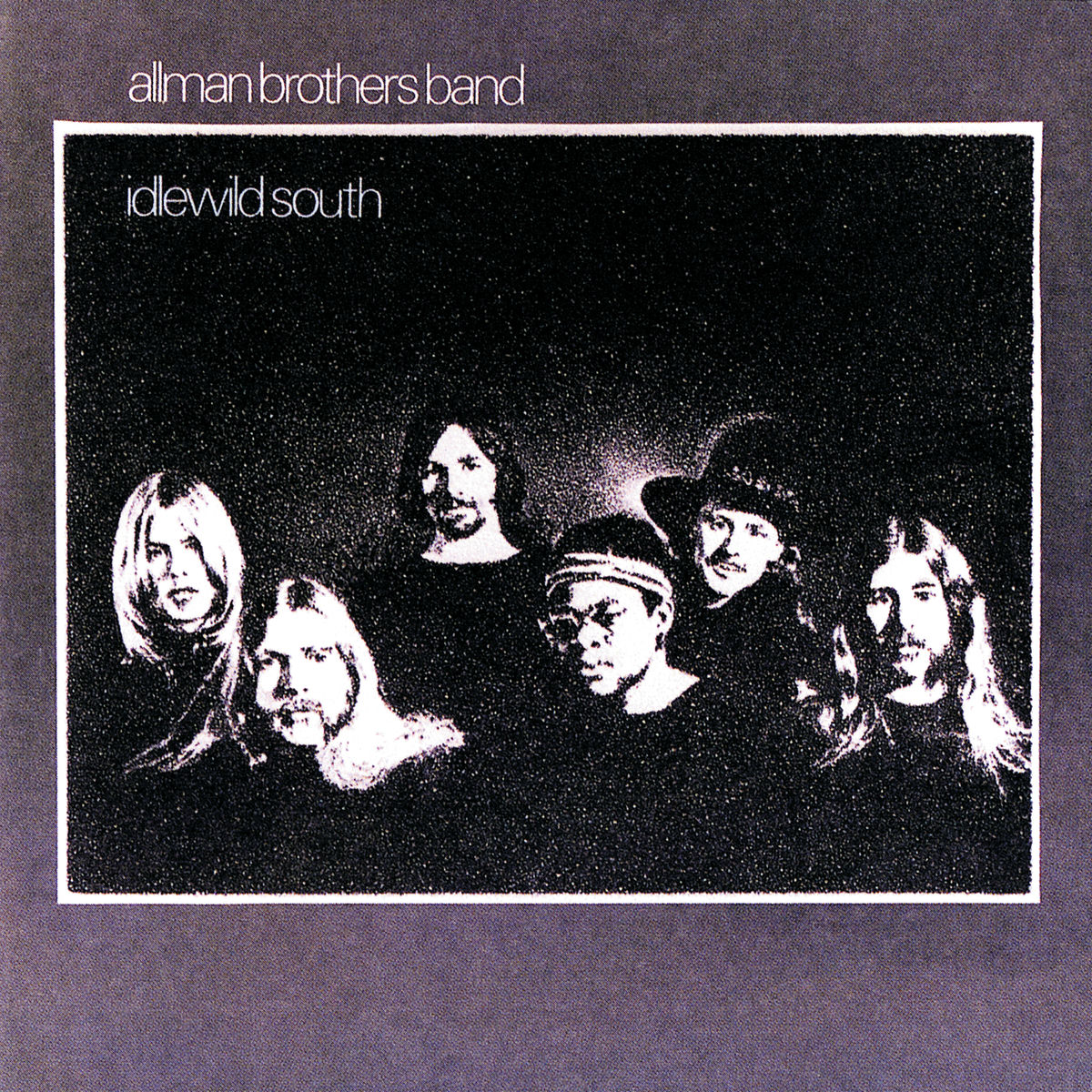 Jim Croce’s “Bad Bad Leroy Brown,” released in 1973, remains one of the quintessential examples of narrative storytelling in popular music. With its catchy melody, vivid lyrics, and infectious swing rhythm, the song tells the tale of a larger-than-life character whose swagger and bravado mask the consequences of his actions. Croce, already known for his ability to craft intimate and relatable stories in song, created a track that perfectly balances humor, drama, and a sense of rhythm that keeps listeners hooked from start to finish. Unlike typical rock or pop songs of its era, “Bad Bad Leroy Brown” combines elements of folk storytelling with mainstream accessibility, highlighting Croce’s gift for transforming simple, everyday observations into compelling musical narratives.
Jim Croce’s “Bad Bad Leroy Brown,” released in 1973, remains one of the quintessential examples of narrative storytelling in popular music. With its catchy melody, vivid lyrics, and infectious swing rhythm, the song tells the tale of a larger-than-life character whose swagger and bravado mask the consequences of his actions. Croce, already known for his ability to craft intimate and relatable stories in song, created a track that perfectly balances humor, drama, and a sense of rhythm that keeps listeners hooked from start to finish. Unlike typical rock or pop songs of its era, “Bad Bad Leroy Brown” combines elements of folk storytelling with mainstream accessibility, highlighting Croce’s gift for transforming simple, everyday observations into compelling musical narratives.
The song’s enduring appeal lies not only in its catchy hook and rhythmic groove but also in Croce’s remarkable lyrical precision. Every verse paints a detailed picture of Leroy Brown’s character—his looks, his swagger, his love for trouble, and ultimately, his comeuppance. Croce’s ability to turn a narrative into a musical experience, combined with the song’s swing-infused instrumentation, makes “Bad Bad Leroy Brown” a standout in his catalog and in the early 1970s music scene. Its humor, relatability, and melodic accessibility ensured that it became a commercial hit, while its storytelling craftsmanship solidified Jim Croce’s legacy as a masterful songwriter.
Musical Composition and Arrangement
“Bad Bad Leroy Brown” stands out musically for its lively, swinging rhythm and clever instrumentation. From the very first notes, the song captures attention with its upbeat, jazzy piano riff, punctuated by Croce’s rhythmic strumming on acoustic guitar. The bass and drums provide a propulsive groove that gives the track an infectious energy, while subtle horn accents add a touch of theatrical flair, evoking the bustling, slightly dangerous urban world where Leroy Brown roams.
The arrangement cleverly balances simplicity with musical texture. The core of the song—a swinging rhythm guitar and Croce’s vocals—is supported by well-placed instrumental flourishes that enhance the storytelling without overwhelming it. This approach allows listeners to focus on the narrative while still being engaged by the dynamic musical backdrop. The combination of folk storytelling sensibilities with swing-inspired instrumentation makes the song instantly memorable, ensuring that it resonates with audiences both musically and narratively.
Additionally, Croce’s phrasing and timing are tightly interwoven with the rhythm, emphasizing key moments in the lyrics and adding a sense of drama and humor. The melody itself is deceptively simple, allowing Croce’s narrative and vocal inflections to carry much of the song’s character, demonstrating his mastery of musical economy—creating a complex effect with a relatively straightforward arrangement.
Lyrical Storytelling and Characterization
The real strength of “Bad Bad Leroy Brown” lies in its lyrics. Croce introduces listeners to Leroy Brown as “the baddest man in the whole damn town,” immediately setting up a character whose confidence and arrogance are larger than life. Every line of the song builds on this initial image, providing specific details that make Leroy Brown vividly real: his flashy clothes, his reputation, and the way he intimidates others. Through these details, Croce creates a character that is simultaneously humorous, relatable, and memorable.
As the song progresses, the narrative unfolds with precision and pacing, culminating in Leroy Brown’s comeuppance. This arc provides both satisfaction and comedic payoff, demonstrating Croce’s ability to construct compelling mini-dramas within the three-minute pop song format. The lyrics are filled with clever rhymes, colorful descriptors, and rhythmic cadences that mirror the song’s swing feel, ensuring that the storytelling and musical elements reinforce one another.
The universality of Leroy Brown’s story is part of the song’s appeal. While specific in detail, the song speaks to broader human themes: pride, bravado, the consequences of one’s actions, and the fascination with characters who live on the edge. This universality, combined with humor and rhythmic momentum, makes the song accessible and enjoyable across generations.
Vocal Delivery and Performance
Jim Croce’s vocal performance on “Bad Bad Leroy Brown” is an essential component of the song’s success. His warm, slightly gravelly voice conveys both humor and narrative authority, perfectly suited to the storytelling style of the lyrics. Croce’s phrasing emphasizes key details about Leroy Brown’s character, while his timing aligns with the swinging rhythm of the instrumentation, creating a sense of cohesion between story and sound.
Croce employs subtle inflections and dynamic shifts to highlight punchlines and moments of tension, such as the introduction of Leroy Brown’s rival or the final twist in the story. These vocal nuances transform the song from a simple melody into a fully realized narrative performance, engaging listeners and making the character feel immediate and alive. His ability to balance levity with narrative clarity ensures that the song’s humor and drama are delivered effectively, enhancing both its entertainment value and storytelling sophistication.
Cultural Context and Reception
Upon its release, “Bad Bad Leroy Brown” quickly became a commercial and critical success, reaching number one on the Billboard Hot 100 and solidifying Croce’s reputation as a masterful storyteller in popular music. The song’s accessible swing style and memorable lyrics resonated with a wide audience, appealing to fans of pop, rock, and folk alike. It also demonstrated that humorous, character-driven songs could achieve mainstream success, paving the way for similar narrative-driven hits in the 1970s.
Critics praised the song for its combination of narrative wit and musical craftsmanship, noting Croce’s ability to create a vivid character while maintaining a catchy, radio-friendly format. Its success helped elevate Croce’s career at a pivotal moment, following other hits such as “Time in a Bottle” and “Operator (That’s Not the Way It Feels),” and it remains one of the most recognizable songs associated with his legacy.
The song also reflects broader cultural trends of the early 1970s, including the popularity of storytelling in music and the blending of folk, rock, and pop elements. By creating a character-driven narrative that was humorous yet musically sophisticated, Croce tapped into the era’s appetite for songs that combined entertainment with artistry.
Legacy and Enduring Appeal
Decades after its release, “Bad Bad Leroy Brown” continues to be celebrated as a masterclass in musical storytelling. Its lively rhythm, memorable hook, and vivid character depiction make it a staple of classic rock radio and a favorite among fans of narrative-driven pop music. The song’s enduring appeal lies in its ability to entertain while telling a story that is engaging, humorous, and universally understandable.
The track has influenced countless artists who sought to incorporate storytelling into their music, demonstrating that character-driven narratives can coexist with commercial success. Its accessibility, combined with its clever lyrics and dynamic performance, ensures that it remains relevant and enjoyable to new generations of listeners.
“Bad Bad Leroy Brown” also stands as a testament to Jim Croce’s talent for creating songs that balance humor, drama, and musicality. It showcases his ability to craft memorable characters, evoke vivid imagery, and connect emotionally with audiences—all within a compact, three-minute song. This balance of narrative and musicality cements the track as a standout achievement in Croce’s catalog and in the broader landscape of 1970s pop music.
Conclusion: A Timeless Musical Story
Jim Croce’s “Bad Bad Leroy Brown,” released in 1973, remains a shining example of narrative excellence in popular music. Its infectious swing rhythm, clever lyrics, and dynamic vocal performance combine to create a song that is both entertaining and artistically sophisticated. Through the story of Leroy Brown, Croce delivers humor, drama, and insight, crafting a character and a narrative that are instantly memorable and universally relatable.
The song’s lasting popularity is a testament to Croce’s skill as a storyteller and musician. “Bad Bad Leroy Brown” continues to captivate audiences with its lively instrumentation, vivid characterization, and timeless charm. It demonstrates the enduring power of narrative-driven songs to entertain, engage, and leave a lasting impression on listeners. By combining humor, musicality, and storytelling, Jim Croce created not just a hit single, but a timeless piece of musical art that continues to resonate nearly fifty years after its release.


